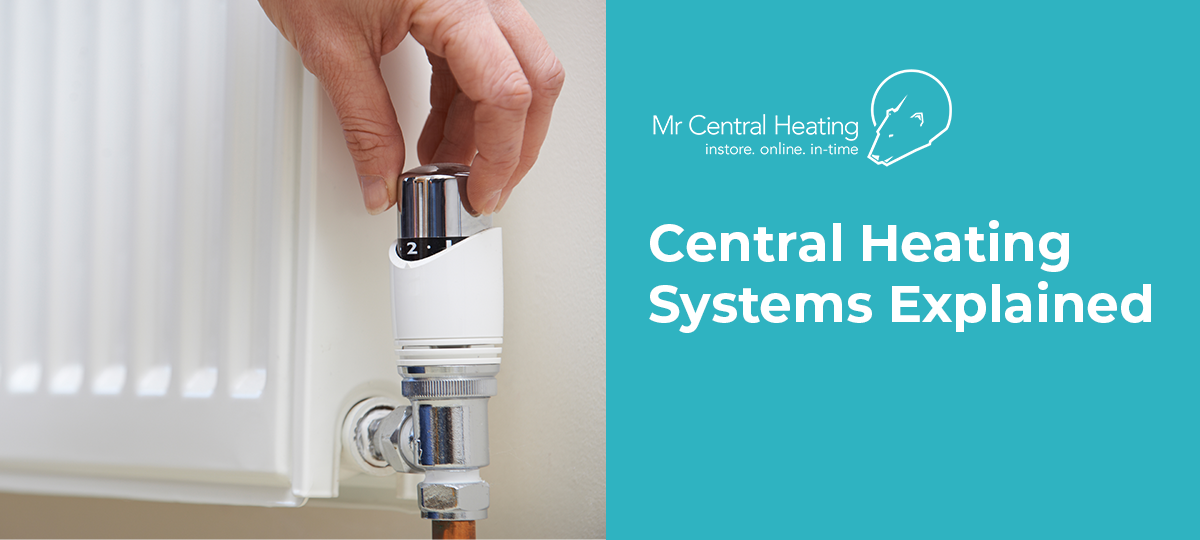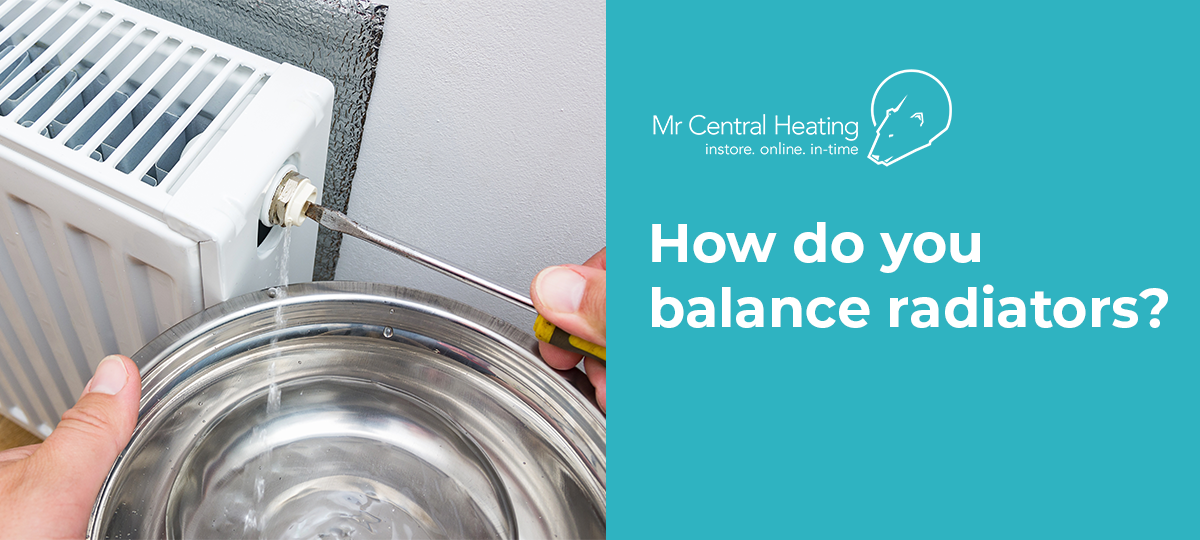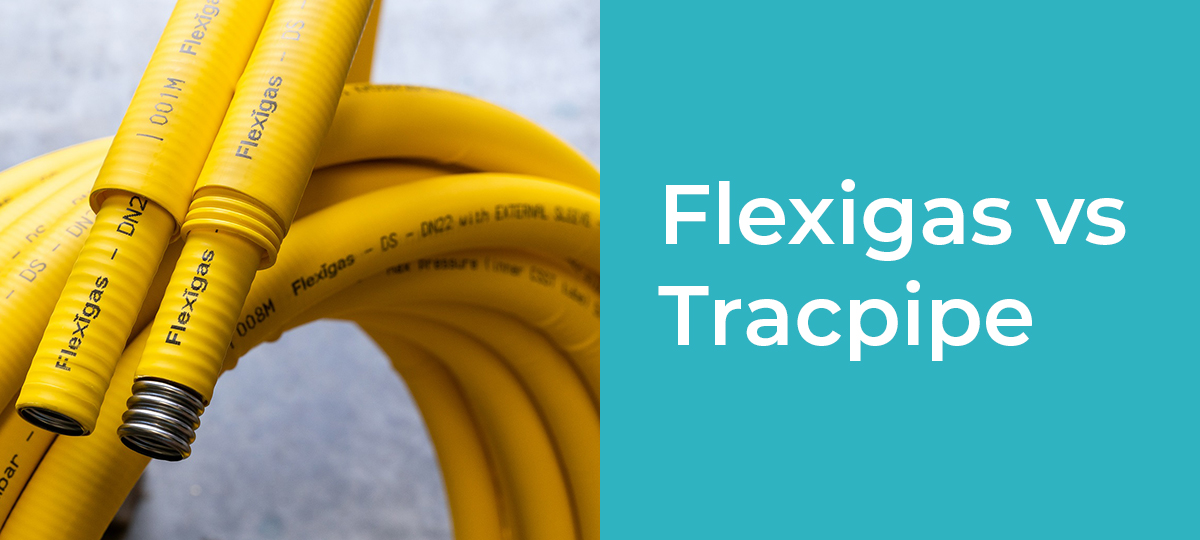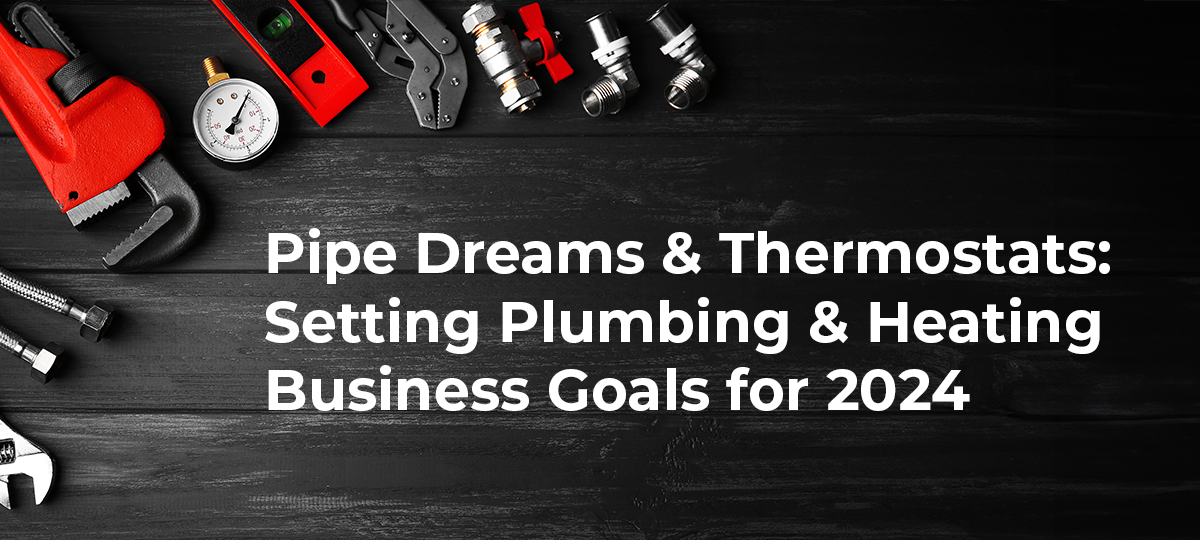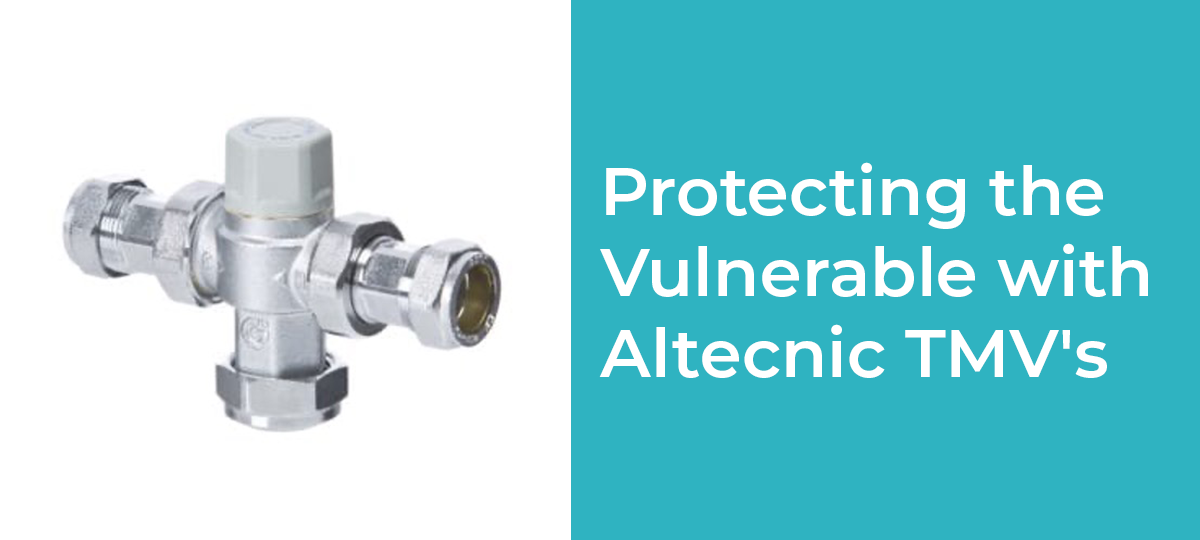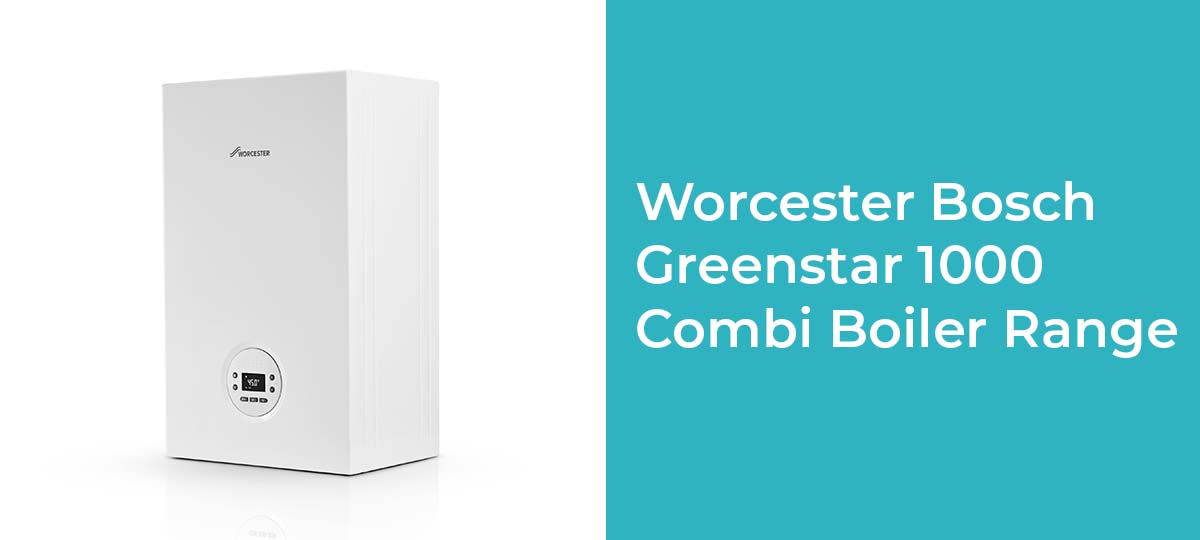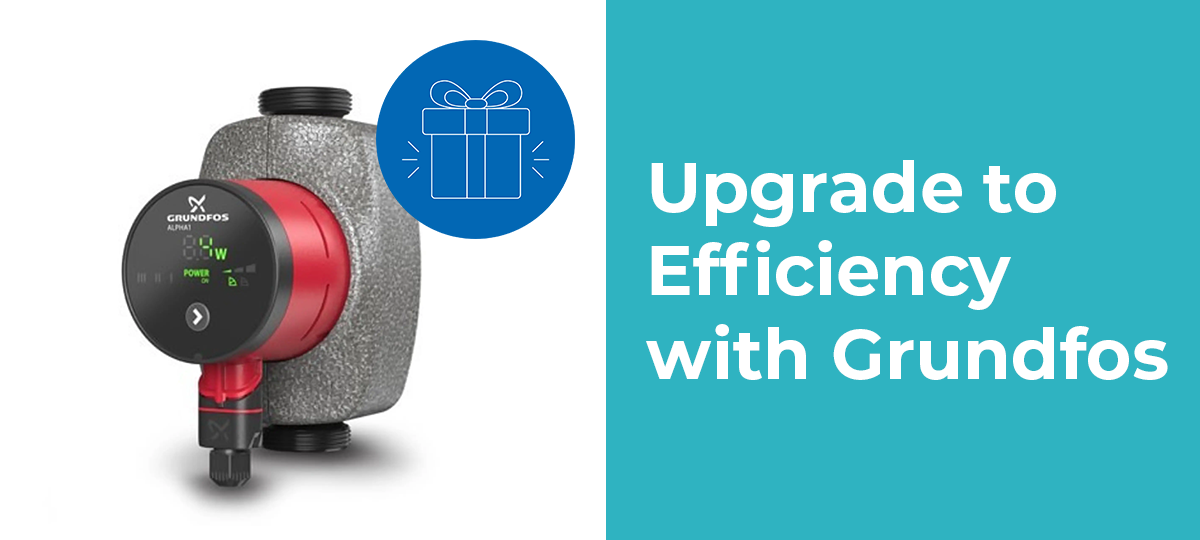Central Heating Systems Explained
For the most part your central heating system in the home tends to work without much intervention and as a result we often take the whole process and system for granted. We also presume that it will always provide heat and hot water when we want it. While our team is interested in the central heating system all the time of course, the only time most people tend to become interested in the central heating system is when it is not working correctly or needs to be fixed.
However, often for many people, understanding how the central heating system works is something that is not always commonly understood. Therefore, a good starting place is to familiarise yourself with the different components that might be in your central heating system and what job those items perform. It should be noted that not all central heating systems operate in the same way and they can control different things and be made up of different components, so the best place to start is to understand what sort of central heating system that you have in your home. Identifying this can then help break down what some of the individual components, not only are, but also what they do.
The first thing to clarify is that there are several different types of central heating systems available. Wet systems use hot water to heat the building, and other systems such as electric systems that use electricity to generate heat. Typically, the ‘wet’ central heating systems are the installations that tend to cause the most confusion. The three main boiler types found in a wet central heating system are Combi Boilers, System Boilers and Regular / Conventional Boilers.
Combi Boilers
These are a more modern boiler that are responsible for both the heating and hot water in the home. The boiler for both are contained within one single unit, which makes them great space savers. Hot water in these systems is heated up on demand (instead of stored), which makes them quite efficient in terms of energy expenditure. These systems offer a lot of advantages over other types of boilers, so are commonly installed in new buildings and they are especially popular in flats and smaller houses due to their smaller size.
View all Combi Boilers brands including Potterton, Baxi, Vokera, Ideal and more
If you're looking for more information on this topic, please this helpful guide to central heating terms
System Boilers
The main different to these boilers to combi boilers is that these boilers also require a hot water tank to store water. This means that a constant supply of hot water is possible, and are also useful in larger buildings and home, with multiple bathrooms, or where a lot of hot water is needed.
Regular or Conventional Boilers are found in older central heating systems and one of the key differences with this system is that they not only require a hot water tank, but they will also require a cold-water tank in the loft, called the header tank. This means these systems take up the most space and require a loft to locate a tank in. Generally, a regular boiler may be used when replacing another regular boiler, and they are also good options in locations where the building’s water pressure is low, so these boilers should not be completely discounted from your search if you are looking to replace your boiler.
View all System Boilers brands including Ideal, Vaillant, Worcester-Bosch and more
If you have a header tank in your loft, then you have something that is called an ‘open vented heating system’ (shown earlier in a diagram). The main advantage of this system is that no user intervention is usually required to ‘top-up’ the system with water. When the water tank in the loft is dispensed with, these types of central heating systems are called closed systems. These central heating systems will require some additional (all-be-it smaller) kit to compensate for the lack of the tank. Closed systems are also pressurised systems.
Condensing and non-condensing boilers
Another set of phrases that related to boilers and can cause some confusion is the difference between condensing and non-condensing boilers. This really relates to the way the boiler itself works, and all you really need to know is that a condensing boiler is more efficient so will use less fuel. Due to government legislation if you are looking for a new boiler, it will be more than likely a condensing one. Regardless of the type of boiler that is installed in your property, the way that the central heating system works is that fuel is brought into the boiler and converted into heating energy by boiling the water in your system. When it comes to fuel, there are several different ways a boiler can be powered. This can be gas, electricity, LPG, heating oil and even some modern eco fuels, like solar and biomass fuels can run the central heating system. When water is heated, the warm water is then passed through the pipes in the system to the radiators in each of the rooms. This is carried out by another device in the central heating system called a pump. Hot water enters the radiator, and cooler water leaves the other side of the radiator and travels around the pipework to end up back in the boiler, where it is re-heated. Radiators have valves that can control the heat output of the radiator.
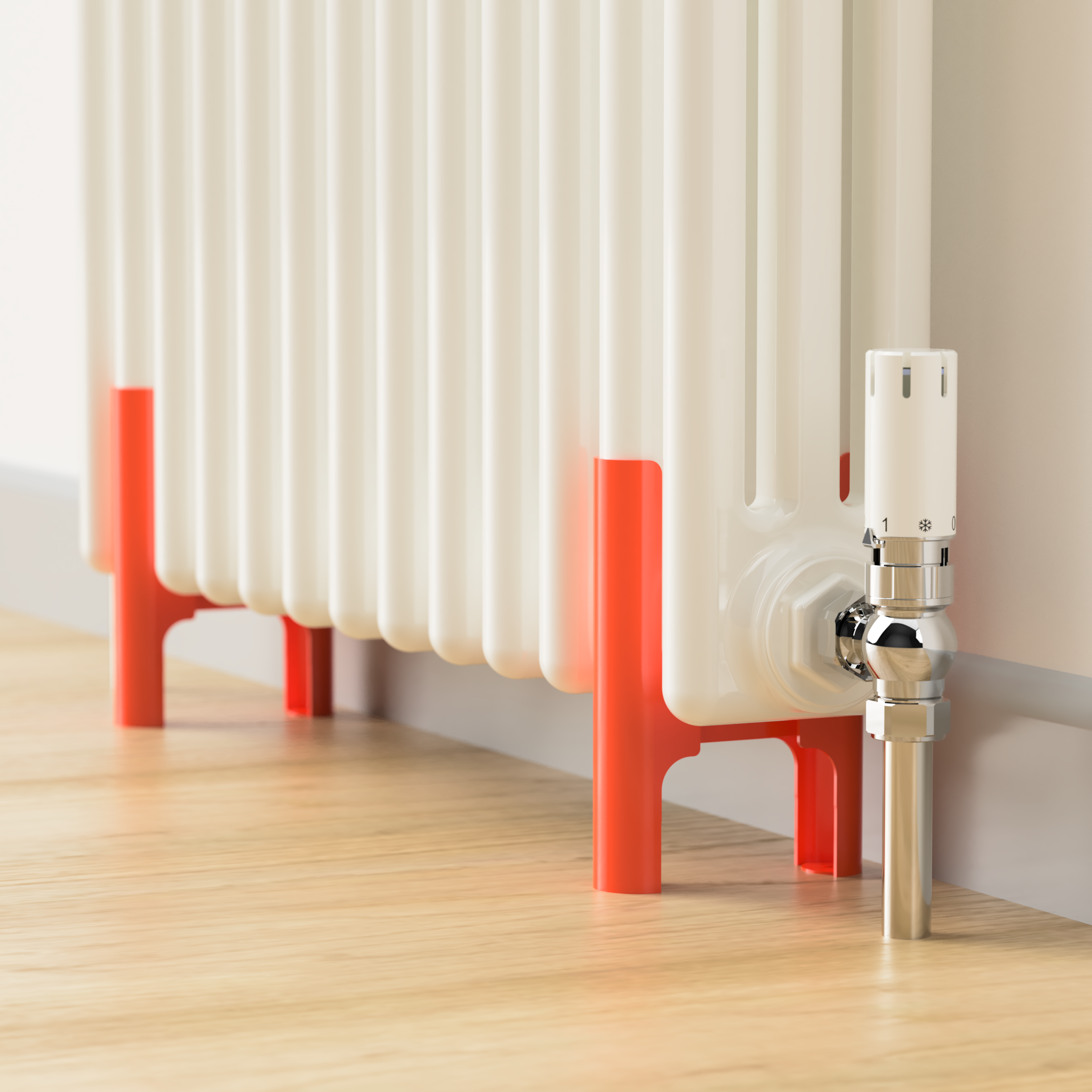
TRV's
A thermostatic radiator valve (TRV valve), is a manual operated valve that is used to control the heat output on an individual radiator. Radiators also need to be balanced, which means setting them so that the heat output is the same for each radiator. View all TRV valves
Electric Boilers
In an electric central heating system, water radiators are not used. Instead storage heaters on the way, fan heaters and even underfloor heating which has become popular, may be used instead. The general temperature of the central heating system, and whether the heating system is turned on or off is controlled by the thermostat. This is a device that a user can set either using a manual dial, or via programmable display, or even using a mobile phone or tablet in a Smart Heating system such as Google Nest - that uses the very latest technology to control the heating output. Which ever solution is deployed the thermostat’s job is to ensure that the central heating works at the set output, and for as long as required. A central heating system can seem quite complex on the surface but once you learn what each component is meant to do in the system and the type of systems that are available, they become a lot easier to understand.
Understanding the basics of a heating system means that if you either have to get it repaired, or worst-case replaced then you at least understand the principles and names behind the basic components in the system.
View a range of energy efficient boilers here.









